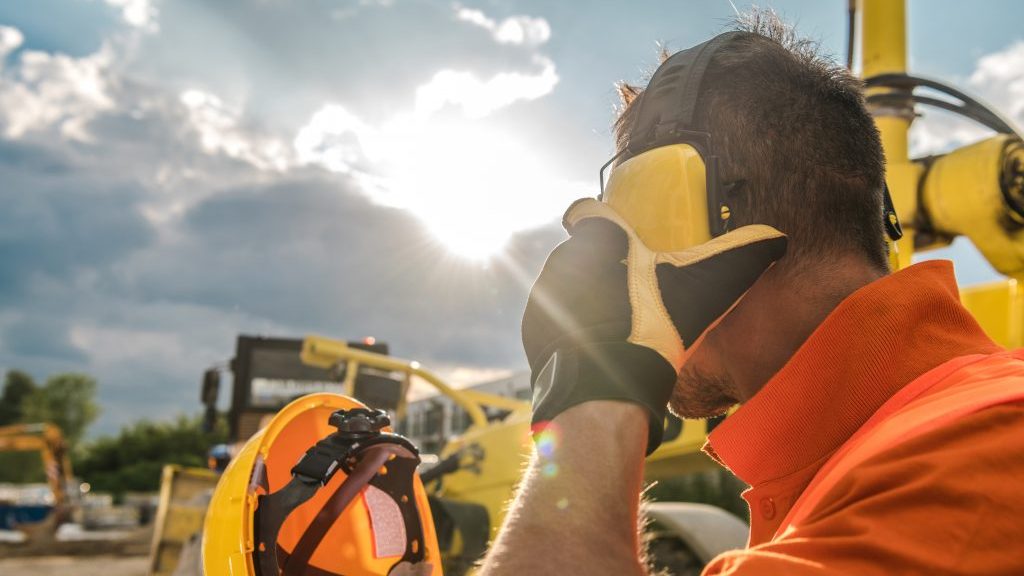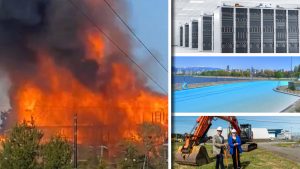Ontario’s League of Champions (LOC) has launched a program designed to give its members a new tool to measure improvements in workplace health and safety.
The LOC, a health and safety-focused agency that achieved independent status from the Ontario General Contractors Association (OGCA) last year, unveiled the Safety Climate-Safety Management Information System (SC-SMIS) to its members in a letter from LOC chair Craig Lesurf.
LOC executive director David Frame said the SC-SMIS will enable contractors and other LOC partners to develop a more robust health and safety culture.
“We’ve got a really unique opportunity with the League of Champions because the league now has about 105 members who have joined saying, ‘our company is achieving excellence in workplace health and safety, and we want to help others achieve excellence and to continue to be better in terms of being champions of workplace safety,’ ” explained Frame.
SC-SMIS will be made available free to all LOC members. Frame explained under the program, contractors can measure the status of their health and safety culture and record improvements over the course of years.
The letter from Lesurf stated, “When it comes to workplace health and safety, the most effective safety cultures feature corporate leaders who are vested in every aspect of safety and promote that culture. We are now challenging you to measure and develop an effective safety culture in your firm.”
The LOC will hold a webinar to discuss the program on Jan. 19 and there will a presentation of the program Feb. 19.
Frame said the SC-SMIS has the support of both the Ministry of Labour, Training and Skills Development and the chief prevention officer.
SC-SMIS was developed to help companies gain a more detailed understanding of the maturity of their safety climate. Firms will be assessed using a Safety Climate Assessment Tool based on eight indicators of jobsite safety climate:
- demonstrating management commitment;
- aligning and integrating safety as a value;
- ensuring accountability at all levels;
- improving supervisory leadership;
- empowering and involving employees;
- improving communication;
- training at all levels; and
- encouraging owner/client involvement.
As an example, a highly ranked owner or client recognized as “exemplary” is one who selects generals and subcontractors based on their safety program, practices and climate rather than low bid. Contractors with poor safety records are excluded from bidding.
On the other end of the spectrum, employers will be exposed for lax practices if their employees grade them as “inattentive” — if there is no training verification process, or if fraudulent training cards are sometimes accepted.
The tool was developed by researchers at the U.S.-based Center for Construction Research and Training in partnership with Washington State University Vancouver. It was developed for the construction sector from input from across the sector and based on research scholarship.
Safety climate in construction is defined as management’s and workers’ shared perceptions of the extent to which the company values, expects, reinforces and rewards jobsite safety.
“One of our challenges is, we always talked about what we’re doing with fewer lost-time injuries and fewer critical injuries, etc., but it’s not a definitive measure of how your health and safety program is overall,” said Frame. “Some companies go years and years with no lost-time injuries, and then suddenly, something big happens and they find out they’re not as good as they thought they were.
“So we need a prospective measurement, which tells the company where their safety program really is, and a lot of that evaluation comes from their employees themselves and their employees evaluating the health and safety program and management’s commitment to it in the tools that they’re given.”
Follow the author on Twitter @DonWall_DCN.











Recent Comments
comments for this post are closed